MID SUMMER WILDLIFE
I've become relatively good at spotting Roe deer out of the corner of my eye, even if the deer is hiding in thick undergrowth. When I saw this buck, I had to adjust my perspective slightly, as a fern was obscuring his face. The buck darted off shortly afterwards. I could hear his bark for several minutes.
In a remarkable coincidence, later in the evening I bumped into the parents of two pals from primary school. They have bought an estate adjacent to a forest I regularly visit. I've been kindly given permission to enter their estate, whenever I like. The estate includes an 80 acre bluebell woodland, several large fields and good vantage points. Three herds of Fallow deer live on their estate and they gather every evening in the open. Previously a shooting estate, all such rights have been removed. I am therefore likely to see mature bucks with well developed antlers in a few years time. It was so nice to be reunited (in the middle of nowhere) with such kind people. I look forward to showing you my pictures!
In a remarkable coincidence, later in the evening I bumped into the parents of two pals from primary school. They have bought an estate adjacent to a forest I regularly visit. I've been kindly given permission to enter their estate, whenever I like. The estate includes an 80 acre bluebell woodland, several large fields and good vantage points. Three herds of Fallow deer live on their estate and they gather every evening in the open. Previously a shooting estate, all such rights have been removed. I am therefore likely to see mature bucks with well developed antlers in a few years time. It was so nice to be reunited (in the middle of nowhere) with such kind people. I look forward to showing you my pictures!
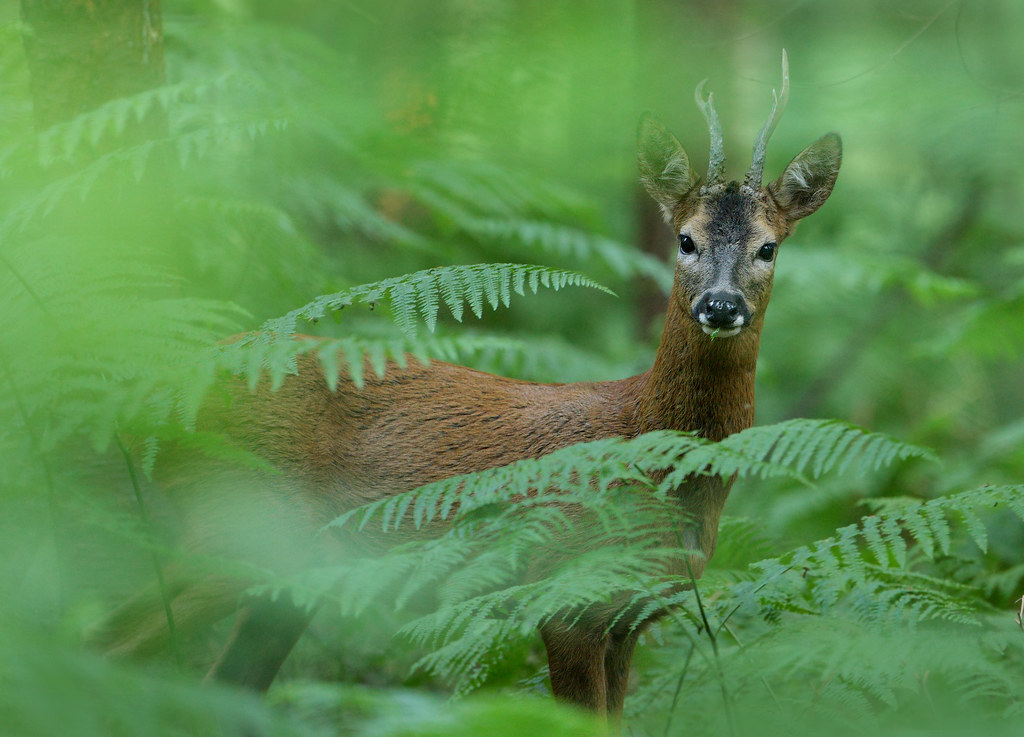

It's entirely possible
that this one month old Roe deer had never seen a human before. It's
impressive how fast they grow; I caught a glimpse of him two weeks beforehand
and he was tiny. I hope to be seeing more of him in the coming years.
July 1st was certainly the hottest day of his short life, reaching a
stifling 34.1°C on the Sussex/Surrey border. Temperatures like this are
normal to many people around the world, but in England, it's newsworthy.
The air felt like the inside of a car parked in the sun for a couple of
hours. Only baby deer and wildlife photographers had the energy to
remain active in this weather. Apart from a brief hot spell in early July, temperatures so far in summer 2015 have been about average. I am not complaining, however, as daytime temperatures of 21°C and long days are infinitely preferable to the dark misery of winter. I know some people who prefer the winter. Not only do they prefer it, they actually enjoy foul Atlantic depressions, howling sub-Arctic air and sixteen hours of night-time!
Living on the south
coast means windy weather. Windy weather means unsharp butterfly photos. When I visited Friston Forest one evening,
I had to wait until rather late, for the wind to disappear. Even so, I
always use sticks and clothes pegs to stabilise plant stems, as even a
slight movement can ruin a macro shot. This is a female. I think the
females are more attractive than the males, whose wings have less relief
and indistinct markings.
My journey to Friston Forest featured some interesting sights, including a man walking backwards along the pavement, a gentleman on the bus wearing Doc Martens on the wrong feet and an elderly chap dressed as a duck, playing the keyboard in the middle of a field.
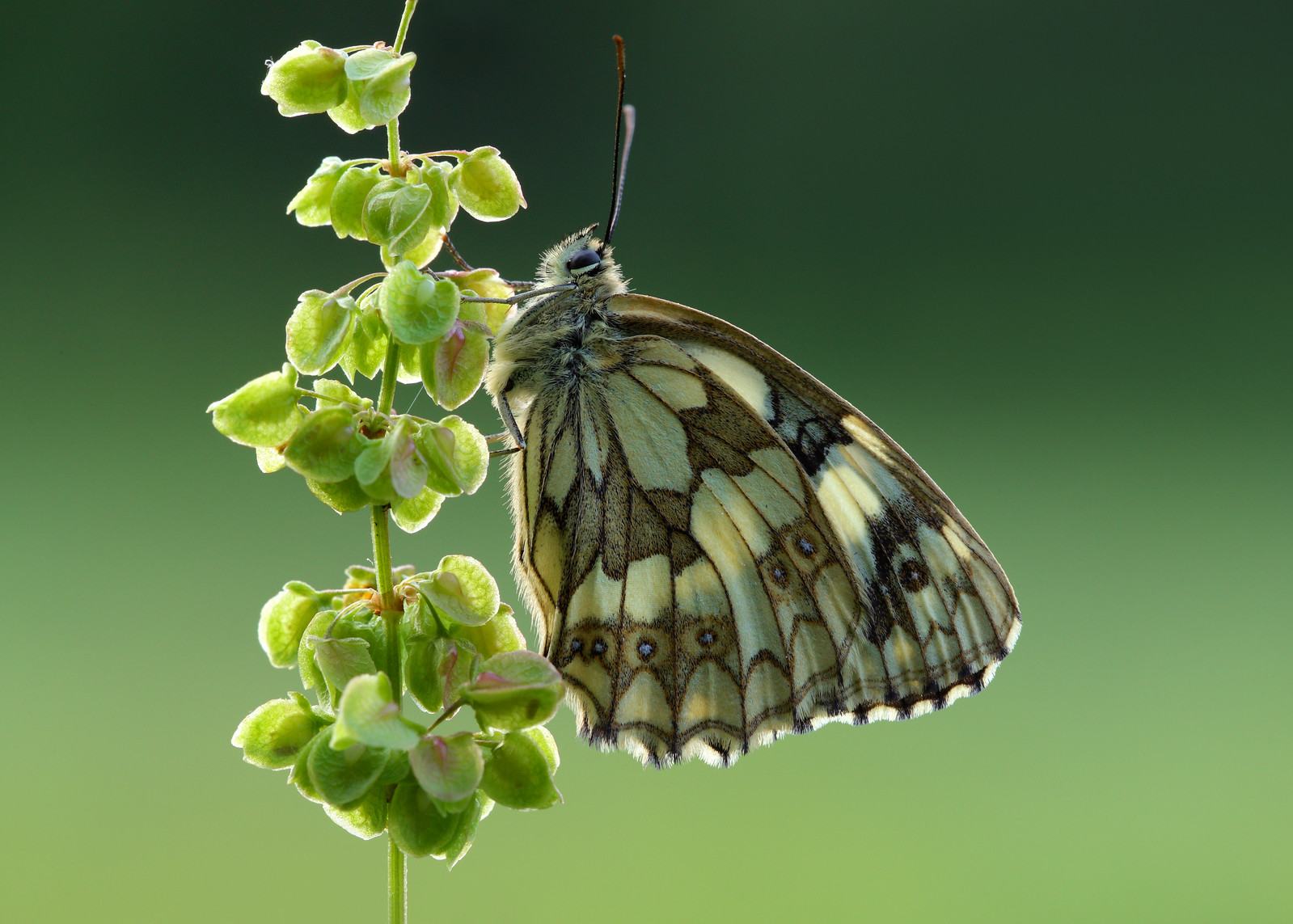
My journey to Friston Forest featured some interesting sights, including a man walking backwards along the pavement, a gentleman on the bus wearing Doc Martens on the wrong feet and an elderly chap dressed as a duck, playing the keyboard in the middle of a field.

Butterflies can look equally interesting when viewed from the front. They look alien-like. Butterfly vision is worse than ours. They can resolve 100 times less detail than humans. When viewed under a microscope, their 'eyes' are actually comprised of six-sided lenses. Butterfly vision is superior to humans in one aspect: they can see ultraviolet light. Flower heads contain patterns reflecting ultraviolet light and therefore butterflies can use these messengers to locate food sources.
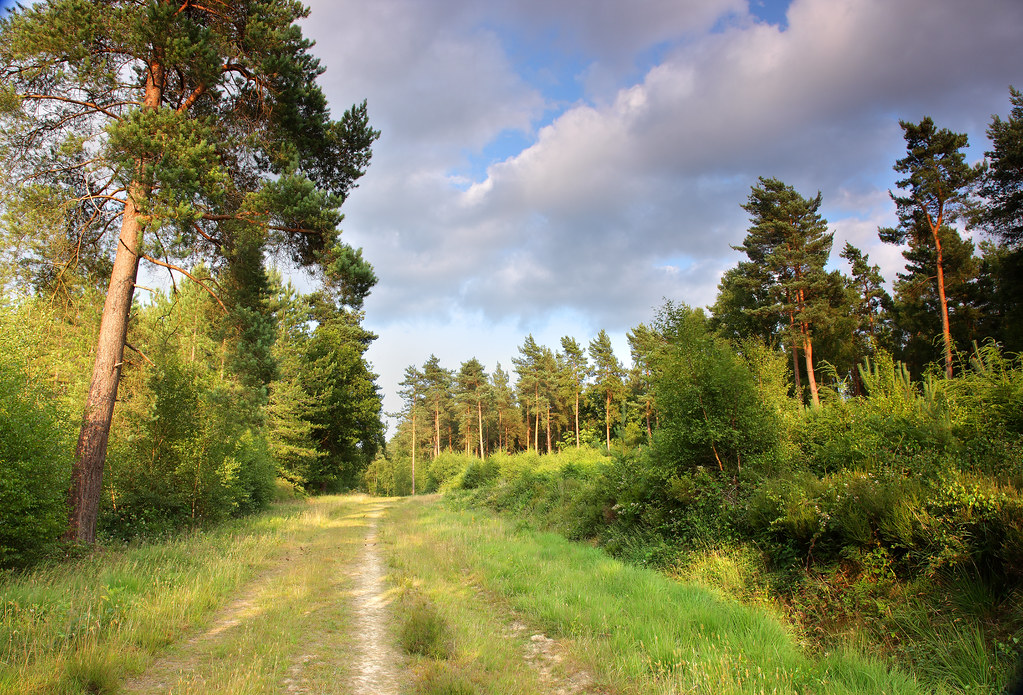
The problem with stalking deer in summer forests, is that deer always have the upper hand. Deer hide among dense, endless, six feet walls of ferns. I am forced to walk along exposed paths, where I am easily seen and heard. Visits this week to separate forests on the High Weald yielded one worthy shot and many duds. I must have seen over one hundred Fallow deer and a dozen Roe, but I was in the right place at the right time just once. Fallow deer like to graze in large expansive fields, where they can easily spot danger. My shots were too distant to be worthy of publication. One encounter with a Roe deer failed, because I was too close to the animal when I saw him. The buck felt unsafe and bolted immediately. Fallow deer are at a biological and physiological advantage when it comes to detecting predators. Imagine fifteen sets of eyes, each with 230° vision; noses eleven times more sensitive than ours and hearing seven times better. Not even an expert can get the better of this and the only way to overcome these obstacles is to ask a landowner if I can erect a hide on their land.
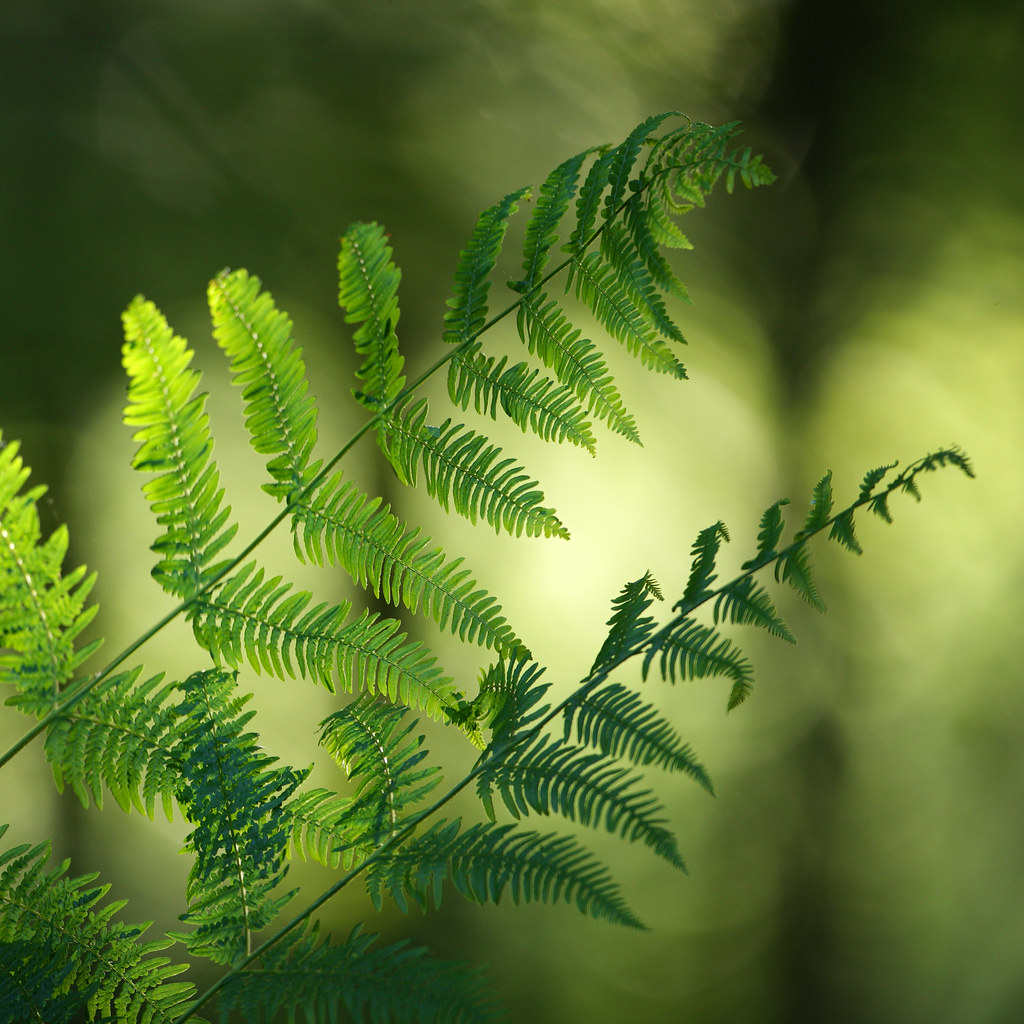
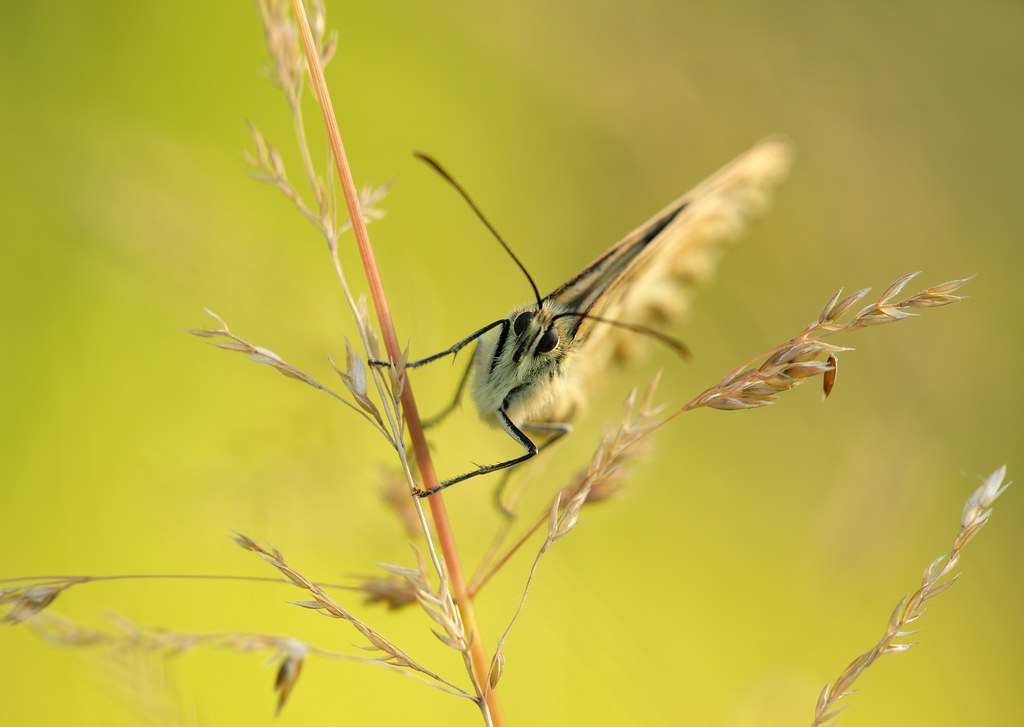
Comments